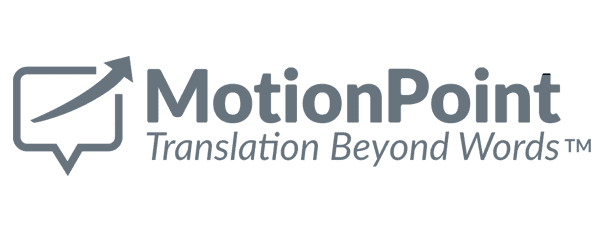




Your secure login portals for customers, employees and business partners are support channels that are always in some state of change. Par exemple :
Your organization undoubtedly has a road map to accommodate these changes for its origin portals, which serve your primary market.
But serving multilingual constituents in their preferred languages with localized portals introduces a wide spectrum of complex challenges—especially when it comes to ensuring these technological changes work flawlessly with your localized portal.
Ideally, your translated portal should effortlessly adapt to ever-shifting business priorities and technologies without any delays, downtime or burdensome development.
Most companies can't successfully translate their secure portal experiences with in-house resources. The technical and operational tasks almost always prove to be too challenging to handle. Most organizations work with partners or vendors that specialize in this sort of thing.
It’s critical to choose a portal translation solution that offers technologies that empower you to launch and operate multilingual portals right away and concurrently, in as many languages as you need—for as many markets as you need.
Ideally, the solution should:
Your portal translation solution should also be powerful and flexible enough to elegantly accommodate the inevitable changes to your content and business goals. You'll need a solution that handles these considerations:
The breakneck pace of online business requires companies to translate new content quickly, so they present a synchronized UX across all markets.
Unfortunately, most vendors deliver portal translations weeks after they're published on an origin portal site. Pourquoi ?
Look for translation solutions that deliver content translations—even for the most technically complex portals—within about one business day.
The size and scope of your portal will likely grow to accommodate such needs as:
Most portal translation solutions can't easily scale to accommodate these "growth spurts," which often derails a localization project long after it's launched and in use by customers. This can send constituents packing.
Make sure your solution can elegantly support the addition of new pages, sections, content and capabilities on an ongoing basis.
It should also support your business’ growth by effortlessly scaling to serve as many markets—and in as many languages—as you need, at any time.
The best solutions also translate content beyond text found on webpages and in application code. Ideal solutions translate key multimedia content such as:
Your translation solution should adapt to long-term business needs, too. Your portal will undoubtedly undergo important technological evolutions in the upcoming years, including:
Your portal may even undergo a full platform migration, transferring data and content from one system to another. This can be a significant, and often disruptive, undertaking.
It's hard to find a solution that can keep pace with these technological changes. And it's downright rare to find one that can handle them without requiring any portal downtime-or any effort or management on your end.
However, such solutions exist. Consider choosing one that eliminates those risks now and well into the future.
As you examine portal translation solutions, don’t just consider your short-term needs. Think about the incremental—and eventually, major—content and technological changes you’ll make to your portal experience.
Look for a turn-key solution that can effortlessly accommodate those changes in ways that don’t require you to grow your team, change your processes, or expend much effort.
It should always support your growth in global markets—and the online technologies you’ll use to get there.